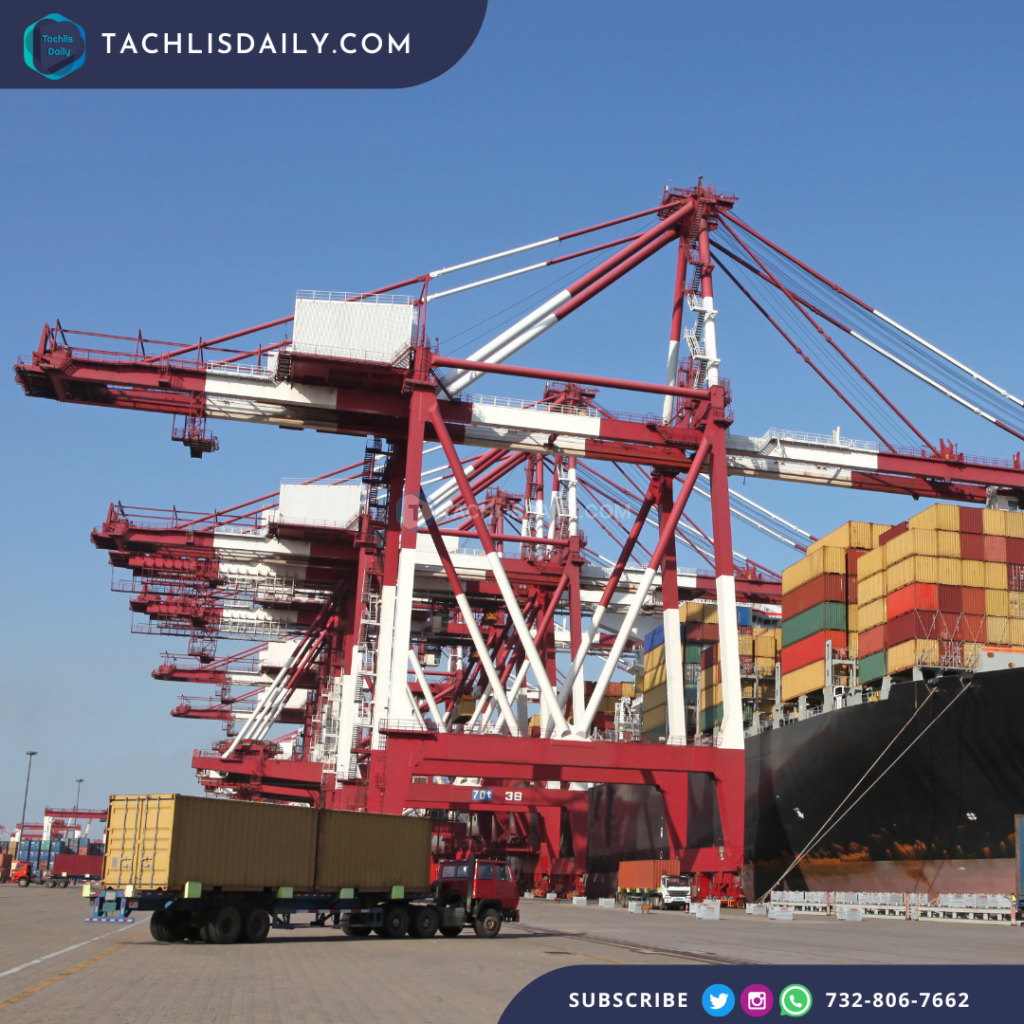Shipping traffic at the Port of Los Angeles is expected to nosedive by more than a third next week as President Donald Trump’s newly implemented tariffs on Chinese goods begin to reshape international trade flows. Port officials have warned that the economic impact of these levies is already materializing, with major American retailers halting shipments from China and transport companies scrambling to find alternative sourcing options in Southeast Asia.
Gene Seroka, executive director of the Port of Los Angeles, stated that according to the port’s internal tracking system, cargo volume is projected to decline by just over 35% next week compared to the same time last year. “It’s a precipitous drop in volume with a number of major American retailers stopping all shipments from China based on the tariffs,” Seroka said. With Chinese imports accounting for roughly 45% of the port’s business, the steep fall underscores the tariffs’ direct blow to transpacific trade.
In addition to lower shipping volume, Seroka revealed that approximately 25% of all incoming ship calls scheduled for May have already been canceled. He noted that while some logistics companies are attempting to source goods from other parts of Asia, such efforts are unlikely to fully offset the shortfall from China.
The recent tariffs, announced earlier this month, triggered a tit-for-tat escalation between the United States and China, with both sides now imposing tariffs exceeding 100% on many of each other’s products. Despite growing concern from economists and business leaders, no substantial negotiations have been reported. U.S. Treasury Secretary Scott Bessent has labeled the standoff “unsustainable.”
Evidence of the downturn was already visible in Chinese export data even before the full brunt of the tariffs took effect. Economists such as Torsten Slok of Apollo Global Management have sounded alarms, outlining scenarios in which decreased imports from China could lead to layoffs in U.S. shipping and retail sectors, product shortages, and a potential recession later in the year.
Seroka believes that U.S. retailers may have about five to seven weeks of inventory left before the shortages become tangible to consumers. He emphasized that while total store shelves won’t go bare, shoppers should expect reduced selection and higher prices. “If you’re out looking for a blue shirt, you might find 11 purple ones and one blue in a size that’s not yours,” he explained. “We’ll start seeing less choice on those shelves simply because we’re not getting the variety of goods coming in here based on the additional costs in place.”
As the world’s largest gateway for goods entering the U.S., the Port of Los Angeles serves as a critical barometer of global supply chain health. The sharp drop in traffic underscores the far-reaching consequences of trade policy decisions and raises serious questions about how long businesses and consumers alike can withstand prolonged economic friction between the world’s two largest economies.











